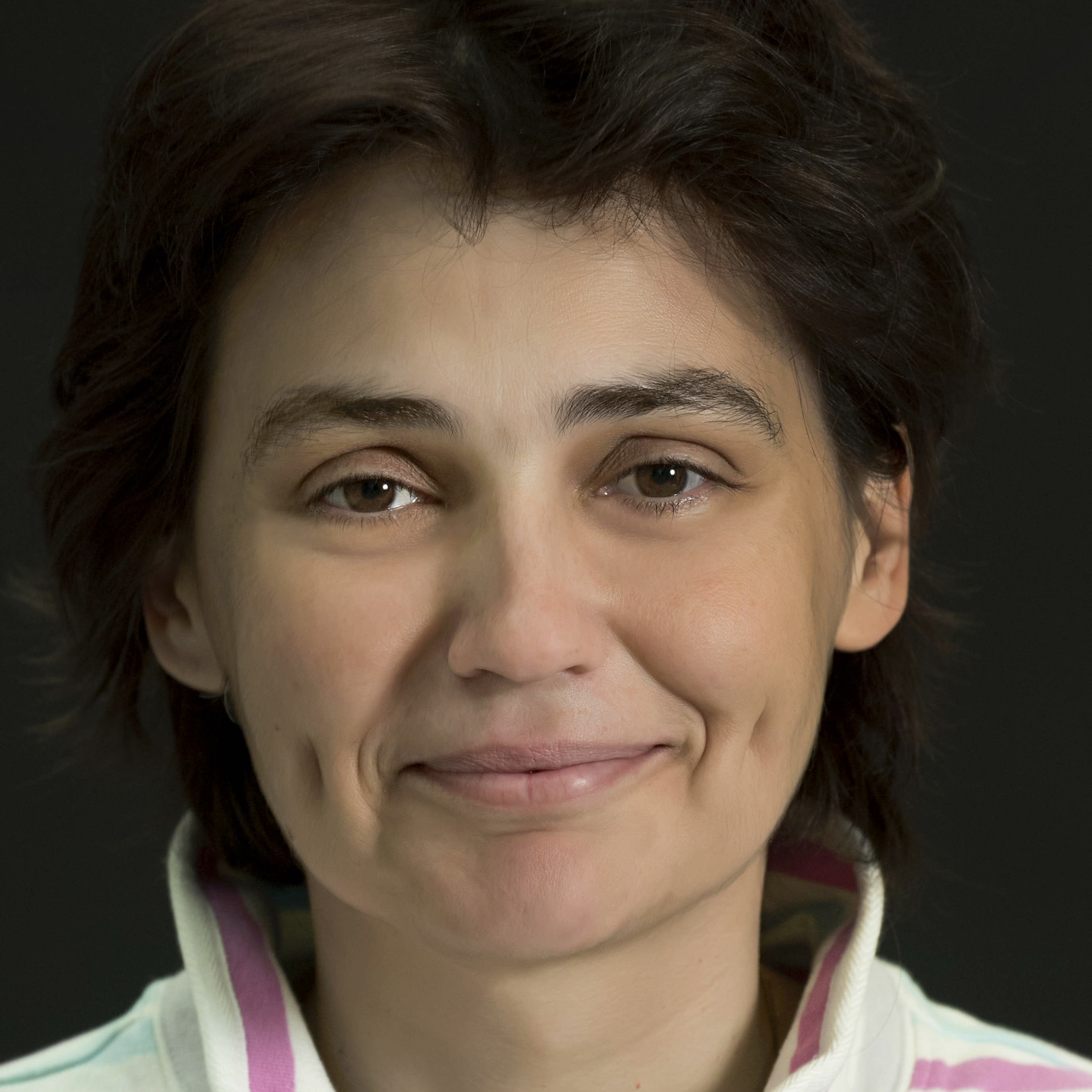Dr Monica Ionita-Scholz
Monica studied Physics in Bucharest, Romania, prior to completing her doctoral studies at the AWI. Back then, her focus was on using statistical methods to calculate flow rates. For the past three years, she’s also been using her statistical model to predict the Arctic sea-ice extent, producing truly outstanding results.
She is currently using her statistical methods as part of the AWI’s sea-ice modelling team, which prepares annual forecasts on the September sea-ice situation in the Arctic. As a climatologist, Monica is also responsible for the climate maps at meereisportal.de. Because she employs a model that has never before been used to make this type of sea-ice predictions, it’s especially advantageous that she’s very flexible and collaborates smoothly with her colleagues.
In addition to the optimisation of predictive models, one of the most important outcomes of her work is how it influences and inspires the people around her. For instance, as she shared with us, one of her daughter’s goals in life is to save the Arctic – which is also why Monica feels it’s so important to have a platform that shares and presents scientific data and information in a straightforward and appealing format.
What are the advantages of using different models to predict the sea-ice extent?
There are basically two types of predictive models used in physics: statistical models, like the one I use, and dynamic models. Each has its strengths and weaknesses, and combining them offers us different perspectives. In addition, this approach helps us to compare and improve on our methods and results, so we can work together to advance our research area.
Why is it important to make forecasts on the sea-ice extent?
We live in a world where things can change rapidly, and the Arctic is a very fragile system, where many of the changes are far more dramatic than in other parts of the Earth. That’s why we feel it is important to portray them in our models and to make forecasts, so that we can better grasp the system as a whole. But the forecasts are also of interest to others, like the shipping industry: if we can already reliably predict by the end of May where there will be sea ice in the summer, and where there won’t, it’s much easier to plan the shipping routes accordingly.
Do you feel that meereisportal.de plays an important part in the dialogue between the research community and the public?
Yes, especially because we do our best to prepare the content so that users who don’t have a scientific background, but nevertheless want to get information directly from scientists, can understand it. And I think we’re succeeding, especially by presenting convincing information – like the fact that, in the winter of 2017/18, at one point the temperatures in Greenland were 16°C higher than in Berlin. With examples like this, which have a personal connection for users, we’re making science more accessible, and showing them the kind of work we do, and why it’s important.
My personal hero is…
My physics teacher back at school, without whose influence I surely wouldn’t be a scientist today. I was very good at physics, and she encouraged and believed in me.

